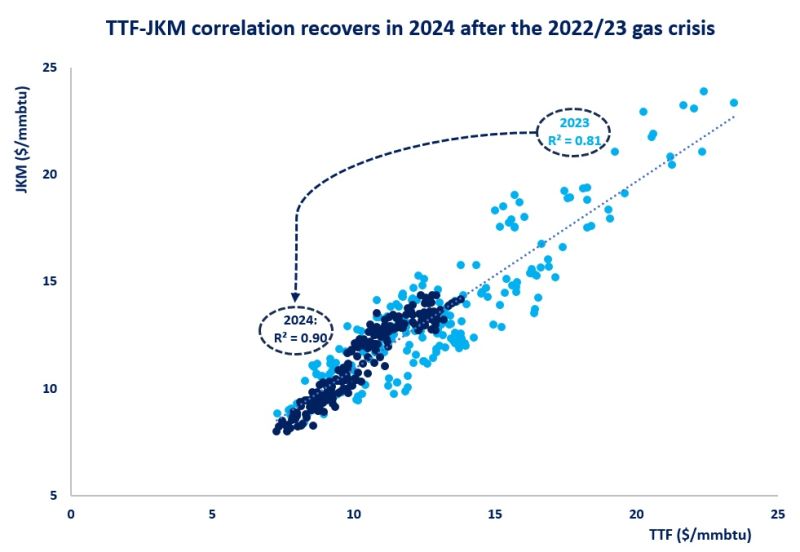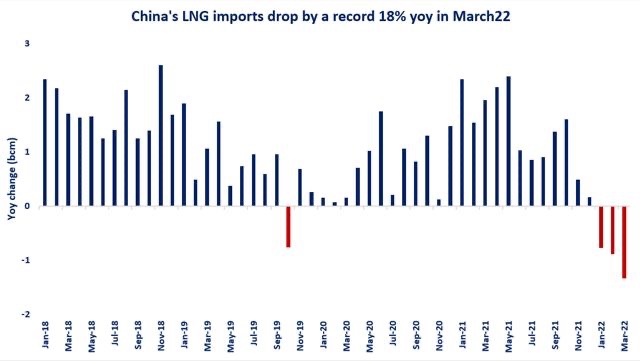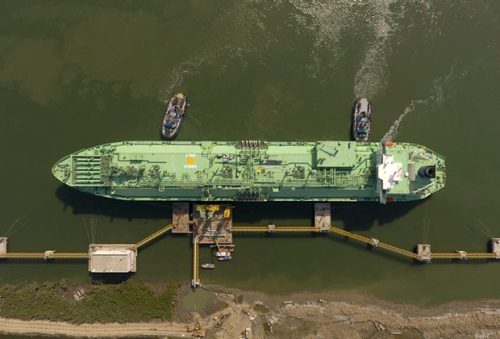

How green is your LNG? – Supply chain emissions come under scrutiny
While the Covid-19 pandemic and its effects continue to dominate the news in 2020, a critical development has been playing in the background: the acceleration of policy responses to climate change.
The most important was China’s announcement in September that it aims to achieve carbon neutrality “before 2060”. IOCs have also set targets to reduce and eventually eliminate the emissions from their operations.
These targets are bound to have an impact on the LNG business, with an increasing emphasis on the carbon emissions of the oil and gas industry itself.
As a result, the LNG industry will have to provide a more sophisticated response to the decarbonisation agenda than relying on arguments about gas being ‘the cleanest fossil fuel’ and the benefits of displacing coal.
Coming after the first deals for ‘carbon neutral’ LNG cargoes in 2019, Pavilion’s buy side tender in April this year reflected the increasing interest buyers are showing in the emissions profile of the LNG they buy.
There are now signs of producers viewing their emissions footprint as a source of competitive advantage, most recently with NextDecade announcing a plan to add a Carbon Capture and Storage (CCS) stage to its Rio Grande project.
While interest in this area has grown hugely, there is little information available to compare projects and no generally accepted methodologies or rankings that look at emissions along the whole LNG chain. In the first of a series of articles on greenhouse gas (GHG) emissions, LNG Business Review looks at how much emissions the LNG industry does in fact generate and what it can do about it.
Production coming under scrutiny
Every tonne of LNG results in around 2.8 tonnes of CO2 when the gas is finally burned by the end-consumer. Prospects for reducing these end-user, post-combustion emissions on a large scale rest largely on widespread implementation of Carbon Capture Utilisation and Storage (CCUS) in some form.
While ‘carbon neutral’ cargoes such as those Shell sold to GS Energy and Tokyo Gas last year, and to CPC and CNOOC this year, captured headlines, achievement of carbon neutrality in these cases relies on offsetting emissions through purchasing emissions certificates or investing in environmental projects.
While it may be possible, at a price, to offset the emissions from a few cargoes – and some buyers may be prepared to pay a premium for this – there is no realistic chance of offsetting any major part of the global LNG production.
Emissions from the end-use of LNG are not the whole story. Pre-combustion emissions from gas production, liquefaction, shipping and regasification are significant. This is at the basis of claims that, when these emissions are taken into account, LNG’s carbon footprint is no better than coal.
While such claims are demonstrably false, the level of pre-combustion emissions, including methane emissions from the upstream, is substantial, amounting on average to around a third of the emissions produced when the LNG is finally burned – albeit with, as discussed below, very significant variation.
This means that the production, shipping and regasification of the 355 million tonnes of LNG shipped in 2019 contributed some 325 million tonnes of CO2 equivalent – somewhere between the total emissions of France (299 mt CO2e) and those of the UK (387 mt CO2e).
Source: Gas Strategies
See the full article on the Gas Strategies page HERE
Follow on Twitter:
[tfws username=”GasStrategies” height=”700″ width=”350″ theme=”light” color=”#FAB81E” tweets=”2″ header=”yes” footer=”yes” borders=”yes” scrollbar=”yes” background=”yes”]













